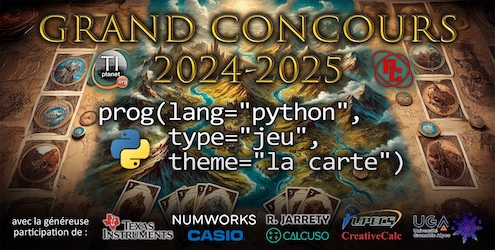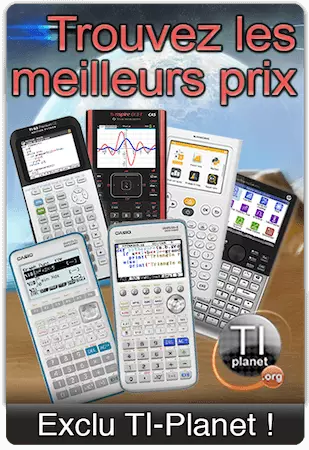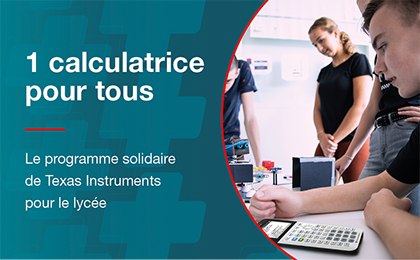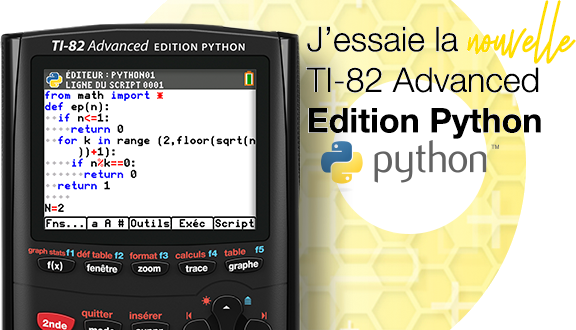Unit 5
DownloadTélécharger
Actions
Vote :
ScreenshotAperçu

Informations
Catégorie :Category: nCreator TI-Nspire
Auteur Author: KTS.A7
Type : Classeur 3.0.1
Page(s) : 1
Taille Size: 3.92 Ko KB
Mis en ligne Uploaded: 12/02/2025 - 13:24:33
Uploadeur Uploader: KTS.A7 (Profil)
Téléchargements Downloads: 3
Visibilité Visibility: Archive publique
Shortlink : http://ti-pla.net/a4502130
Type : Classeur 3.0.1
Page(s) : 1
Taille Size: 3.92 Ko KB
Mis en ligne Uploaded: 12/02/2025 - 13:24:33
Uploadeur Uploader: KTS.A7 (Profil)
Téléchargements Downloads: 3
Visibilité Visibility: Archive publique
Shortlink : http://ti-pla.net/a4502130
Description
Fichier Nspire généré sur TI-Planet.org.
Compatible OS 3.0 et ultérieurs.
<<
Ï 5.1 Invention Ë The lone inventorIndividuals who develop a new product without the support of a team or organization. Advantages Full control and ownership Have ideas that are completely new and different Disadvantages Reduced collaboration Increased risk Limited resources Ë Intellectual Property (IP)A legal right granted to an inventor for their invention. Benefits Protection of inventions Encouragement of innovation Strategies for protecting IP Patents (gives someone the right from the government to sell a new invention) Trademark Copyright Ë First to Market TechnologiesTechnologies that are the first to be introduced to the market. Ë Shelved TechnologiesTechnologies that were developed but never became commercially successful. Reasons why patented technologies were shelved Low market demand High production costs Ï 5.2 Innovation Ë InnovationThe process of improving an existing product or service. Reasons for products becoming innovations Marketability Price Resistance to change Ë Disruptive innovationA new product or service that offers a better and cheaper alternative Ë Process InnovationA change in the way a product is made or delivered. Ë Architectural/Modular Innovationchanging the structure or organization of a product or system. (Bike example, big wheel small wheel, to two identical wheels) Ë Diffusiona process where a market will accept a new idea or product. Ë Suppressiona new idea or product is actively slowed. Ï 5.3 Strategies for innovation Ë Act of insightThe "eureka" moment, or a spark of genius, a potential solution is formed. Ë AdaptionHow a solution in one field is used to provide a solution to a new problem in a different field. Ë Analogyidea from one context is used to stimulate ideas for solving a problem in another context. Ë Chancean unexpected discovery leads to a knew idea Ë Technology pushScientific research leads to advances in technology that support new ideas. Ë Market PullA new idea is needed as a result of demand from the marketplace. Ï 5.4 Stakeholders in invention and Innovation Ë Product Championsan individual who takes a liking to an invention and owns it within the organization. Ë Entrepreneursindividuals who can take an invention to the market Ë Multi-Disciplinary Approach to InnovationEffective design drawn from multiple areas of expertise. Advantages Wide range of knowledge Wide range of expertise Disadvantages May not want to share ideas for fear of losing ownership Individual may not be used to working in teams Ï 5.5 Product life cycle Ë Key stages Launch Growth Maturity Decline Ë Obsolescencewhen a product becomes outdated or no longer useful. Types Planned Style Fashion Functional Technological Ï 5.6 Roger's Characteristics of Innovation and Consumers Ë Diffusionis the wide acceptance and sale of a product or innovation. Ë Categories of consumers in relation to technology adoption InnovatorsFirst individuals to adopt an innovation Early AdoptersSecond fastest category to adopt an innovation (enjoy being ahead) Ë Relative advantageis how improved an innovation is over the previous generation Ë CompatibilityIs how fitting a design is with the beliefs, needs, wants and values. Ë Complexityis the degree to which a design is perceived as easy to use. Ë CrowdfundingRaising money for a project through small contributions from a large number of people. Ï 5.7 Innovation Design and Marketing specifications Ë Target MarketDescribes the sectors and segments within a population. Ë Types of Target Markets Segmented - according to shared geographic characteristics Demographic - gender, age, income, education. Psychographic - similar attitudes and values or lifestyles Behavioral - types of behavior consumers display when purchasing Ë Market AnalysisResearching consumer needs and preferences. Ë User needA problem a user is trying to solve or a goal they are trying to achieve. Ë Research methods Literature Search Quantitative and Qualitative Ë Design Specifications Aesthetic requirements Cost constraints Customer requirements environmental requirements Made with nCreator - tiplanet.org
>>
Compatible OS 3.0 et ultérieurs.
<<
Ï 5.1 Invention Ë The lone inventorIndividuals who develop a new product without the support of a team or organization. Advantages Full control and ownership Have ideas that are completely new and different Disadvantages Reduced collaboration Increased risk Limited resources Ë Intellectual Property (IP)A legal right granted to an inventor for their invention. Benefits Protection of inventions Encouragement of innovation Strategies for protecting IP Patents (gives someone the right from the government to sell a new invention) Trademark Copyright Ë First to Market TechnologiesTechnologies that are the first to be introduced to the market. Ë Shelved TechnologiesTechnologies that were developed but never became commercially successful. Reasons why patented technologies were shelved Low market demand High production costs Ï 5.2 Innovation Ë InnovationThe process of improving an existing product or service. Reasons for products becoming innovations Marketability Price Resistance to change Ë Disruptive innovationA new product or service that offers a better and cheaper alternative Ë Process InnovationA change in the way a product is made or delivered. Ë Architectural/Modular Innovationchanging the structure or organization of a product or system. (Bike example, big wheel small wheel, to two identical wheels) Ë Diffusiona process where a market will accept a new idea or product. Ë Suppressiona new idea or product is actively slowed. Ï 5.3 Strategies for innovation Ë Act of insightThe "eureka" moment, or a spark of genius, a potential solution is formed. Ë AdaptionHow a solution in one field is used to provide a solution to a new problem in a different field. Ë Analogyidea from one context is used to stimulate ideas for solving a problem in another context. Ë Chancean unexpected discovery leads to a knew idea Ë Technology pushScientific research leads to advances in technology that support new ideas. Ë Market PullA new idea is needed as a result of demand from the marketplace. Ï 5.4 Stakeholders in invention and Innovation Ë Product Championsan individual who takes a liking to an invention and owns it within the organization. Ë Entrepreneursindividuals who can take an invention to the market Ë Multi-Disciplinary Approach to InnovationEffective design drawn from multiple areas of expertise. Advantages Wide range of knowledge Wide range of expertise Disadvantages May not want to share ideas for fear of losing ownership Individual may not be used to working in teams Ï 5.5 Product life cycle Ë Key stages Launch Growth Maturity Decline Ë Obsolescencewhen a product becomes outdated or no longer useful. Types Planned Style Fashion Functional Technological Ï 5.6 Roger's Characteristics of Innovation and Consumers Ë Diffusionis the wide acceptance and sale of a product or innovation. Ë Categories of consumers in relation to technology adoption InnovatorsFirst individuals to adopt an innovation Early AdoptersSecond fastest category to adopt an innovation (enjoy being ahead) Ë Relative advantageis how improved an innovation is over the previous generation Ë CompatibilityIs how fitting a design is with the beliefs, needs, wants and values. Ë Complexityis the degree to which a design is perceived as easy to use. Ë CrowdfundingRaising money for a project through small contributions from a large number of people. Ï 5.7 Innovation Design and Marketing specifications Ë Target MarketDescribes the sectors and segments within a population. Ë Types of Target Markets Segmented - according to shared geographic characteristics Demographic - gender, age, income, education. Psychographic - similar attitudes and values or lifestyles Behavioral - types of behavior consumers display when purchasing Ë Market AnalysisResearching consumer needs and preferences. Ë User needA problem a user is trying to solve or a goal they are trying to achieve. Ë Research methods Literature Search Quantitative and Qualitative Ë Design Specifications Aesthetic requirements Cost constraints Customer requirements environmental requirements Made with nCreator - tiplanet.org
>>













